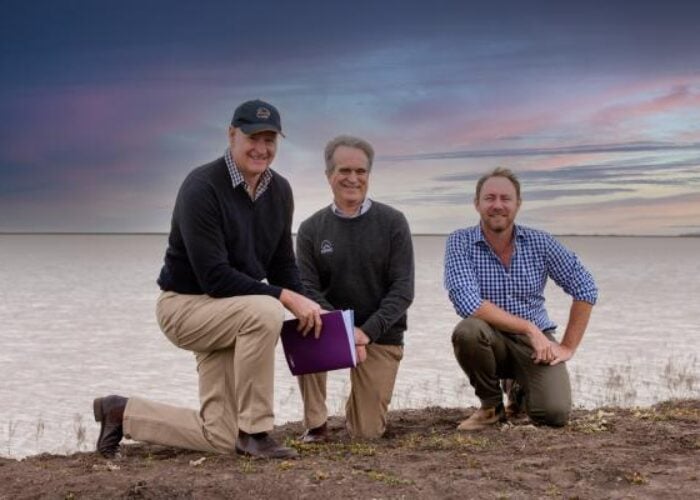
Mining company Rio Tinto is looking to deploy an additional 6GW of solar and wind in Australia as part of a new plan to reduce its carbon emissions by 50% by 2030.
The decarbonisation effort will see Rio switch its Boyne Island and Tomago aluminium smelters to renewables, requiring around 5GW of solar and wind as well as “a robust firming solution”.
Unlock unlimited access for 12 whole months of distinctive global analysis
Photovoltaics International is now included.
- Regular insight and analysis of the industry’s biggest developments
- In-depth interviews with the industry’s leading figures
- Unlimited digital access to the PV Tech Power journal catalogue
- Unlimited digital access to the Photovoltaics International journal catalogue
- Access to more than 1,000 technical papers
- Discounts on Solar Media’s portfolio of events, in-person and virtual
In the Pilbara region of Western Australia, where Rio owns 16 iron ore mines and is currently building a solar-plus-storage project, the company is also targeting the “rapid deployment” of 1GW of additional solar and wind generation, replacing gas power and supporting the early electrification of mining equipment.
Full electrification of the firm’s Pilbara operations, including all trucks, mobile equipment and rail operations, will require further gigawatt-scale renewable deployment and advances in fleet technologies.
Rio Tinto is aiming for a 50% reduction in scope 1 and 2 emissions by 2030, more than tripling its previous goal, and a 15% reduction by 2025 from a 2018 baseline – targets that will require an investment of around US$7.5 billion.
“We have a clear pathway to decarbonise our business and are actively developing technologies that will enable our customers and our customers’ customers to decarbonise,” said Rio Tinto CEO Jakob Stausholm.
Having announced an ambition last year to reach net zero emissions by 2050, Rio Tinto’s renewables expansion has seen it reveal plans to build a 4MW solar farm paired with 4MW/4MWh of battery storage at an off-grid bauxite mine in Queensland.
One of the company’s mines in Madagascar, meanwhile, will feature a hybrid installation consisting of 8MW of solar, 12MW of onshore wind and a battery energy storage system.







